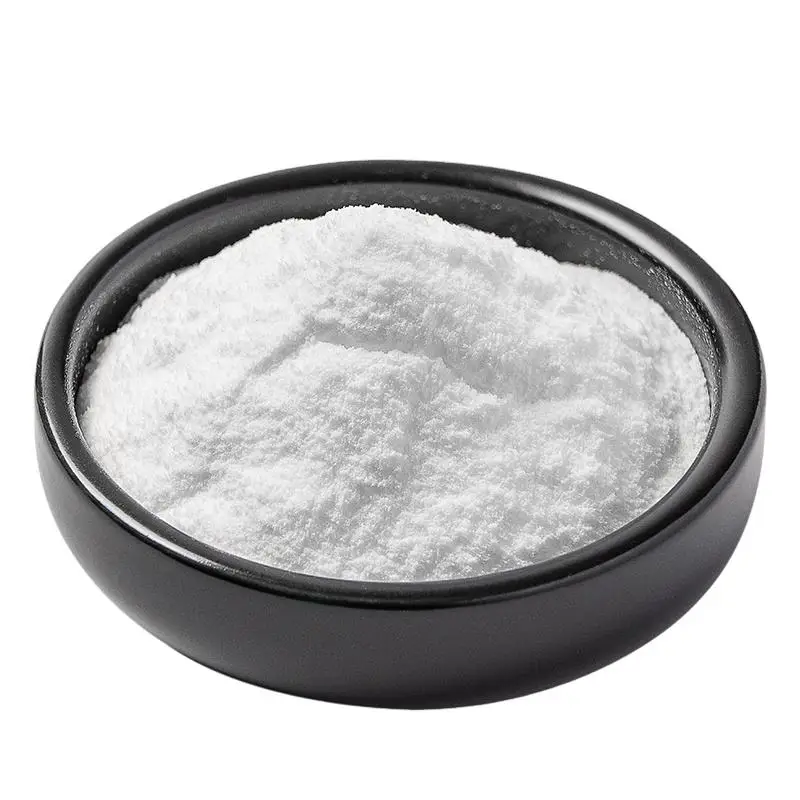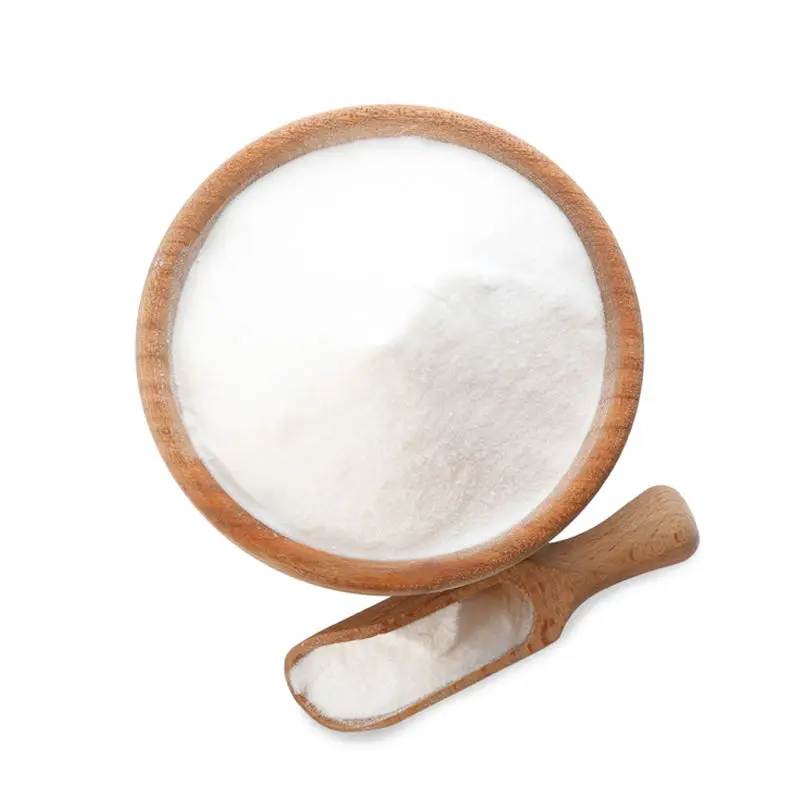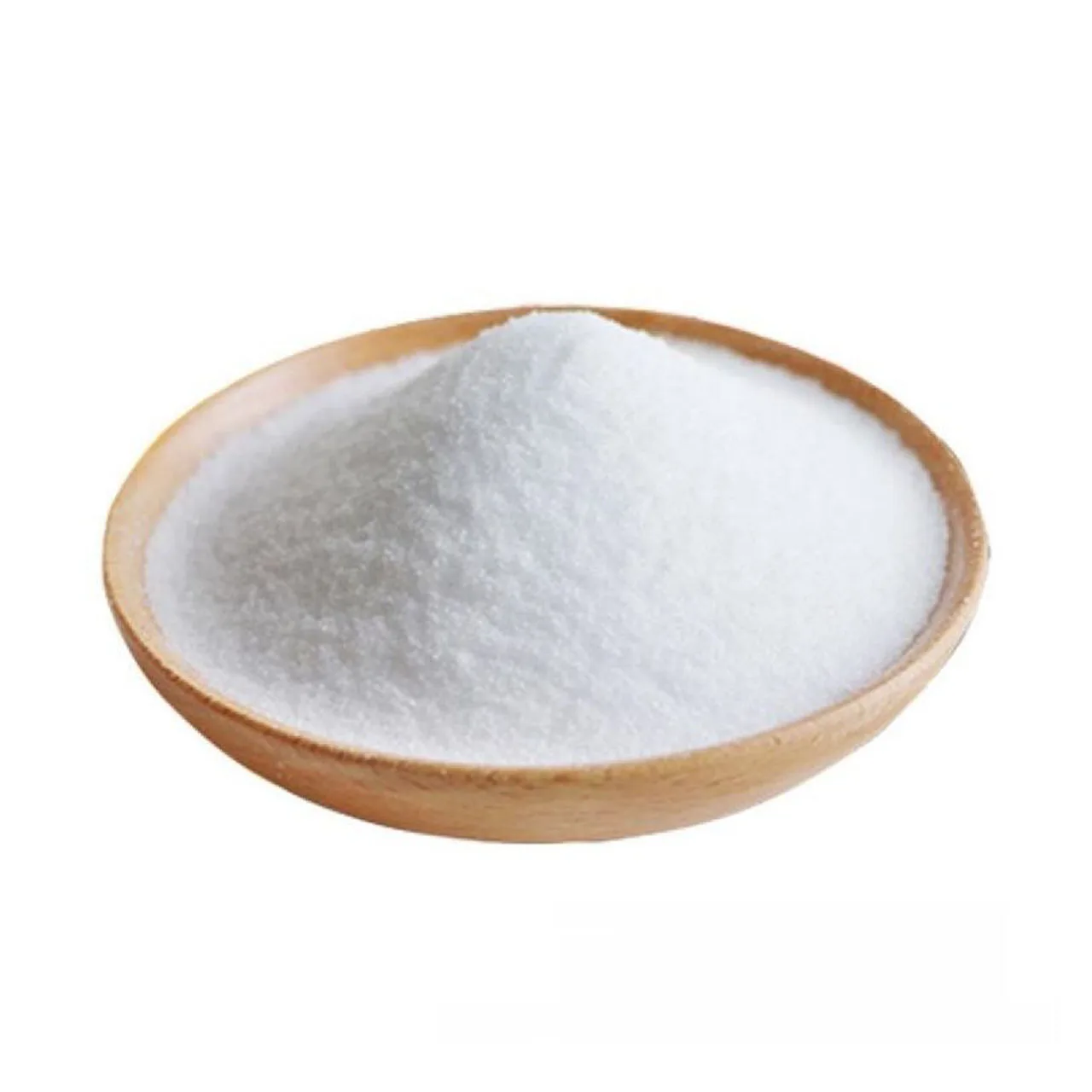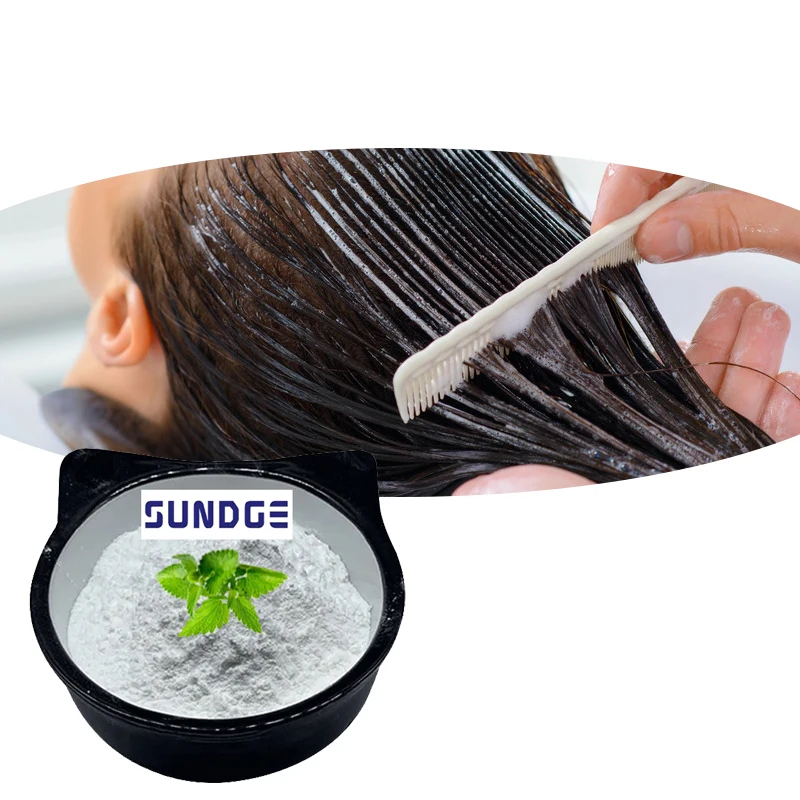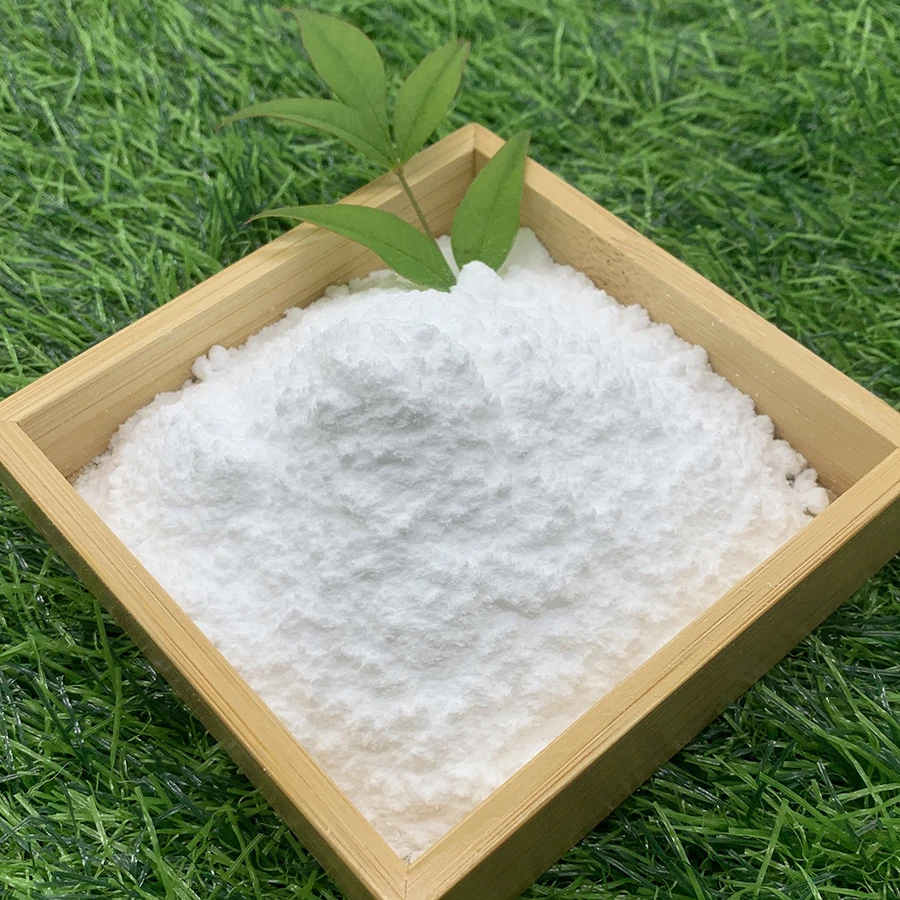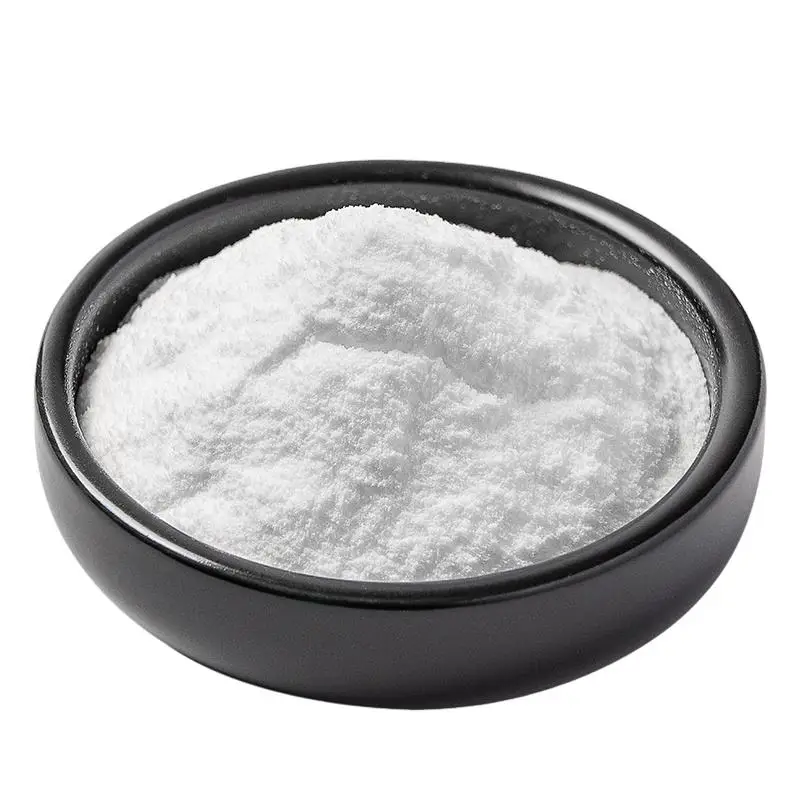What is the optimal concentration for the protective film formed by PVP in the preservation of fruits and vegetables?
The thickness of PVP film formation and the preservation effect of fruits and vegetables are not "the thicker, the better", but there is an "appropriate thickness range" - the thickness needs to balance "physical barrier properties" and "film permeability". Both too thin and too thick films will weaken the preservation effect and even cause negative problems. The specific relationship can be analyzed from three dimensions: "too thin, appropriate, and too thick", and the core logic can be explained in combination with the characteristics of fruits and vegetables and application scenarios:
I. Core Principle: The thickness should balance "barrier property" and "breathability"
The essence of PVP film preservation is "moderate protection" : it needs to prevent water loss and the invasion of external oxygen through a dense structure (delaying evaporation, respiration and oxidation), while also maintaining a certain degree of air permeability (allowing fruits and vegetables to normally release carbon dioxide and avoiding anaerobic respiration). Therefore, "appropriate thickness" is the key to achieving this balance, usually corresponding to the micrometer (μm) range (the specific value varies depending on the type of fruit and vegetable, generally between 1 and 5μm).
Ii. The Influence of Different thickness Intervals on the Preservation Effect
1. The film is too thin (usually < 1μm, or the film layer is discontinuous) : The preservation effect is significantly insufficient
When the thickness of the PVP membrane does not reach the critical value of a "continuous dense membrane", the membrane structure is prone to pores, cracks or local deficiencies, leading to the failure of the core preservation function. Specifically, it is manifested as:
· Poor barrier properties, water and oxygen can easily penetrate:
The pores of the film cause the internal moisture of fruits and vegetables to evaporate rapidly (for instance, cucumbers and lettuce wilt within 1-2 days), while a large amount of external oxygen enters, accelerating respiration (consuming sugar and resulting in a bland taste) and oxidation reactions (loss of vitamin C and Browning of the skin, such as the rapid color change of apples when cut), significantly shortening the shelf life.
The film has weak adhesion and is prone to detachment and failure.
When the film is too thin, the bonding area with the skin of fruits and vegetables is small, and the hydrogen bond effect is weak. During transportation, washing or slight expansion and contraction of the fruits and vegetables themselves (such as skin deformation caused by temperature fluctuations during storage), the film is prone to cracking and falling off, losing its continuous protective function.
For leafy vegetables (such as lettuce), if the film thickness is less than 0.8μm, the weight loss rate after 3 days of storage can reach over 15% (about 20% in the untreated group and only 8% in the suitable thickness group), and the preservation advantage is not obvious.
2. Appropriate film thickness (usually 1-5μm, continuous, dense and controllable breathability) : maximizes the preservation effect
The PVP film in this thickness range can simultaneously meet the requirements of "effective barrier" and "safe breathability", which is the optimal state of preservation effect. The specific advantages include:
· Highly efficient water retention, maintaining the crispness and juiciness of fruits and vegetables:
Continuous and dense film can significantly reduce the rate of water evaporation. For instance, navel oranges treated with a 2μm thick PVP film have a weight loss rate of only 5% to 8% after 20 days of storage (15% to 20% for the untreated group), and can maintain a plump peel and juicy flesh for a long time.
· Moderate oxygen isolation to delay respiration and oxidation:
The film layer can reduce the oxygen concentration around the epidermis (from 21% in the air to 5%-10%), which not only slows down the consumption of sugar and organic acids by respiration (for example, tomatoes still maintain a sweet and sour taste after storage), but also reduces the oxidative loss of vitamin C and carotenoids (for instance, the retention rate of vitamin C in green peppers is 15%-25% higher than that in the untreated group).
· Breathable and controllable, avoiding the risk of anaerobic respiration:
Although the micron-sized membrane is dense, it still has trace pores (or micro-gaps in the PVP molecular chain), which allow the carbon dioxide produced by the respiration of fruits and vegetables to be slowly discharged, avoiding anaerobic respiration caused by "complete sealing" (which generates alcohol and acetaldehyde, causing unpleasant odors in fruits and vegetables and rotting of fruit flesh. For example, anaerobic respiration in strawberries can cause a "wine-like" smell and accelerate mold growth).
After apples were treated with a 3μm thick PVP film, their hardness retention rate after 30 days of storage reached 80% (only 60% in the untreated group), and they had no alcohol taste, with a texture close to that of freshly picked apples.
3. Excessive film thickness (usually > 5μm, or film layer stacking) : The preservation effect decreases, and it may even lead to quality deterioration
When the thickness of PVP film exceeds the appropriate range, the "air permeability defect" of the film will become the main contradiction and instead damage the quality of fruits and vegetables. Specific problems include:
· Sudden drop in air permeability, inducing anaerobic respiration:
Excessive thickness of the film will significantly block the ventilation channels, making it difficult for oxygen to enter and for carbon dioxide to escape. As a result, a "low-oxygen and high-carbon dioxide" environment is formed inside the fruits and vegetables, triggering anaerobic respiration. For instance, if the film thickness of strawberries is greater than 6μm, the content of anaerobic respiration products (alcohol) can reach over 0.3% after 5 days of storage (less than 0.1% in the suitable thickness group), with a distinct wine-like smell, soft flesh and an increased rot rate.
The physical texture of the film layer is obvious, which affects the eating experience:
Excessive thickness of PVP film (especially when it is greater than 8μm) can create a slight "sticky" or "waxy" texture on the surface of fruits and vegetables (although PVP itself has no odor, it can be perceived by touch when the thickness is accumulated), destroying the original skin texture of fruits and vegetables (such as the smooth feeling of citrus skin and the crisp skin experience of apples).
· Increased cost + low drying efficiency, lacking practicality:
Thick films require more PVP raw materials (when the film thickness doubles, the PVP usage increases by approximately 1.8 to 2.2 times), and the drying time is significantly prolonged (for example, 5μm films prepared by the soaking method need to be dried for 2 to 3 hours, and 10μm films need 5 to 6 hours), which increases production time and costs. At the same time, prolonged drying may cause the fruits and vegetables to lose their own moisture (which in turn counteracts the water-locking effect of the film).
After peaches were treated with 8μm thick PVP film and stored for 10 days, the rot rate reached 20% (only 5% in the appropriate thickness group), and the skin had a distinct sticky feeling, leading to a decline in consumer acceptance.
Iii. Key Factors Affecting "Appropriate Thickness" (Dynamic Adjustment Required)
The "appropriate thickness" of PVP film is not a fixed value and needs to be adjusted according to the characteristics of fruits and vegetables and the application process. The core influencing factors include:
1. Characteristics of fruit and vegetable skins:
Fruits and vegetables with thick skins and small stomata (such as apples and citrus fruits) : They can tolerate slightly thicker films (3-5μm). Due to the poor air permeability of the skins themselves, thick films will not overly affect overall air permeability.
For fruits and vegetables with thin skins, large stomata or fuzz (such as strawberries and peaches) : A thinner film (1-2μm) is required to prevent the film from blocking the stomata or pressing the fuzz, which could cause damage to the skin and lead to rot.
2. Application process:
o soaking method: It is difficult to precisely control the film thickness. The film may become too thick due to overly long soaking time (such as > 10 minutes) or excessively high PVP concentration (such as > 0.5%). Adjustments need to be made by shortening the soaking time (5-8 minutes) or reducing the concentration (0.1-0.3%).
o spraying method (such as ultrasonic spraying) : The film thickness can be precisely controlled by regulating the spraying pressure (0.2-0.4MPa) and the nozzle distance (15-20cm), making it easier to achieve an appropriate range of 1-3μm.
3. Storage environment:
In high-temperature and high-humidity environments (such as normal temperature storage in summer) : A slightly thinner film (1-2μm) is required to enhance air permeability and prevent the accumulation of carbon dioxide.
In low-temperature and low-humidity environments (such as cold chain storage at 0-4℃) : It can be slightly thicker (3-4μm), as low temperatures have slowed down respiration, and a thick film can better retain water (water loss is faster in low-humidity environments).
Iv. How to Control the "Appropriate Thickness" in Practical Applications
1. Adjust through the linkage of PVP concentration and process parameters:
The concentration of o is the basis: a 0.1%-0.4% PVP solution (corresponding to the previously mentioned optimal concentration), combined with conventional immersion (5-8 minutes) or spraying (pressure 0.3MPa), can usually form an appropriate film thickness of 1-3μm. If a thicker layer (such as citrus) is required, the concentration can be increased to 0.3%-0.5%, but the soaking time should be shortened simultaneously.
2. Verify the thickness by means of detection methods
In industry, "film thickness gauges" (such as laser thickness gauges) are commonly used to directly measure film thickness, or to indirectly determine it through "weight loss rate pre-experiments" - if the initial weight loss rate during storage is less than 1% per day and there are no signs of anaerobic respiration (no alcohol smell), then the thickness is basically appropriate.
3. Conduct gradient tests for specific fruits and vegetables:
For new fruit and vegetable varieties (such as blueberries and cherries), three thickness gradients of 1μm, 2μm and 3μm should be tested first. The weight loss rate, respiration intensity and rot rate within 7 to 10 days should be monitored, and the thickness with the best comprehensive indicators should be selected.
Summary
The core relationship between the thickness of PVP film formation and the preservation effect of fruits and vegetables is "balancing barrier and air permeability" :
· Too thin → Barrier failure, short shelf life;
· Suitable (1-5μm) → It combines water retention, oxygen isolation and ventilation, maximizing the preservation effect;
· Excessive thickness → Insufficient air permeability, inducing anaerobic respiration and deteriorating quality.
In practical applications, it is necessary to combine the type of fruits and vegetables, the process and the storage environment, and regulate the thickness through "concentration + process", and verify it through pre-experiments, in order to achieve the best preservation effect.
Recommended Products
Hot News
-
Nanjing SUNDGE Chemical New Materials Co., Ltd. participates in the 2025 CPHI China exhibition to jointly expand the global pharmaceutical new materials market
2025-07-10
-
Based on the law, ensure the quality and safety of veterinary drugs-SUNDGE participated in the veterinary drug industry management training
2025-01-08
-
SUNDGE Nanjing Ali Center Outbound Visit
2024-10-28
-
The Turkish guests visited the factory and reached the intention of cooperation
2024-09-13
-
SUNDGE Successfully Exhibited CPHI South China Station
2024-02-28
-
SUNDGE participates in the course "Annual Business Plan and Comprehensive Budget Management
2024-02-28
-
Watch and help each other! SUNDGE donates 10000 yuan to the Gansu earthquake stricken area
2024-02-28
-
Good news - The company has successfully obtained the Veterinary Drug Business License Certificate
2024-02-28

 EN
EN
 AR
AR
 NL
NL
 FI
FI
 FR
FR
 DE
DE
 EL
EL
 HI
HI
 IT
IT
 JA
JA
 KO
KO
 NO
NO
 PL
PL
 PT
PT
 RO
RO
 RU
RU
 ES
ES
 SV
SV
 CA
CA
 TL
TL
 IW
IW
 ID
ID
 SR
SR
 UK
UK
 VI
VI
 SQ
SQ
 ET
ET
 HU
HU
 TH
TH
 TR
TR
 FA
FA
 MS
MS
 CY
CY
 BE
BE
 BN
BN
 BS
BS
 EO
EO
 LO
LO
 LA
LA
 MN
MN
